
Earwax is a substance that our body naturally produces to protect the ear canal. The substance is a mixture of skin cells, sweat, hair, debris such as shampoo remains or dirt, all of which are held together by a fluid secreted from oil glands in the ear, which are called ceruminous glands.
This material protects the ear canal from dust, dirt and bacteria, preventing an infection. Earwax normally drains by itself as the skin inside the ear sheds.
Earwax can be light or dark brown or orange and can be of different density. Children produce more earwax and it is generally softer and lighter.
Only the outer part of the ear produces earwax and it does not normally go deeper unless it is pushed in. However, the ear canal may become blocked if the wax is bushed back by attempts to clean it with q-tips, bobby pins, pencils, fingers and such. The impacted wax that blocks the canal may cause problems like low grade hear loss, ringing in the air, vertigo, dizziness, sensation of fullness in the ear. Trying to poke the wax out usually has the opposite effect of pushing it further back in the ear and causing more problems.
In most cases, compact earwax that blocks the canal can be solved with some of home treatment methods, but in some cases it is so tightly packed it may require medical treatment.
Earwax can be softened and loosened with warm mineral oil or with a mixture of equal amounts of hydrogen peroxide and warm water. The mixture should be at body temperature, because cold liquids may cause pain and dizziness. Two drops of mixture should be applied twice a day for five days.
This will loosen the wax, which will then be able to drain itself from the air with the help of a warm shower. Water should be directed to the ear with a gentle stream and the head should be tilted sideways to let the wax drain. The ear should then be dried with a blow drier at low speed, held several inches away.
If these methods fails to work there are some prescription wax softeners that can be used and followed by a gentle flushing of the ear with a syringe each night for a few weeks.
Dental irrigation devices, bobby pins, pencils and other objects, as well as fingers, should not be used for unblocking the earwax.
Some people claim that ear candles are effective for removing the excess ear wax, however, this method has not been proven effective and it may in fact cause serious injury to the ear canal and eardrum.


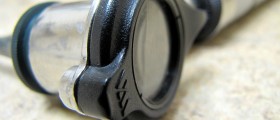
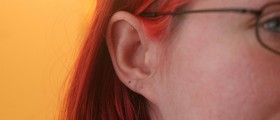
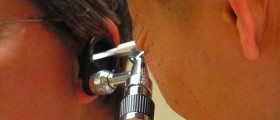



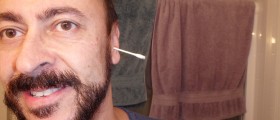

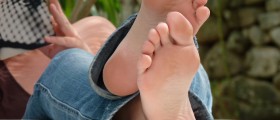

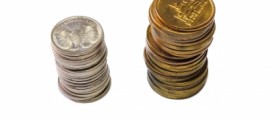
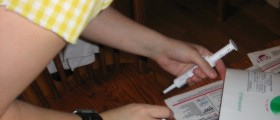
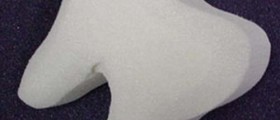

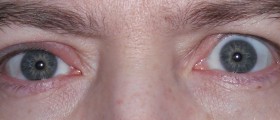
Your thoughts on this
Loading...